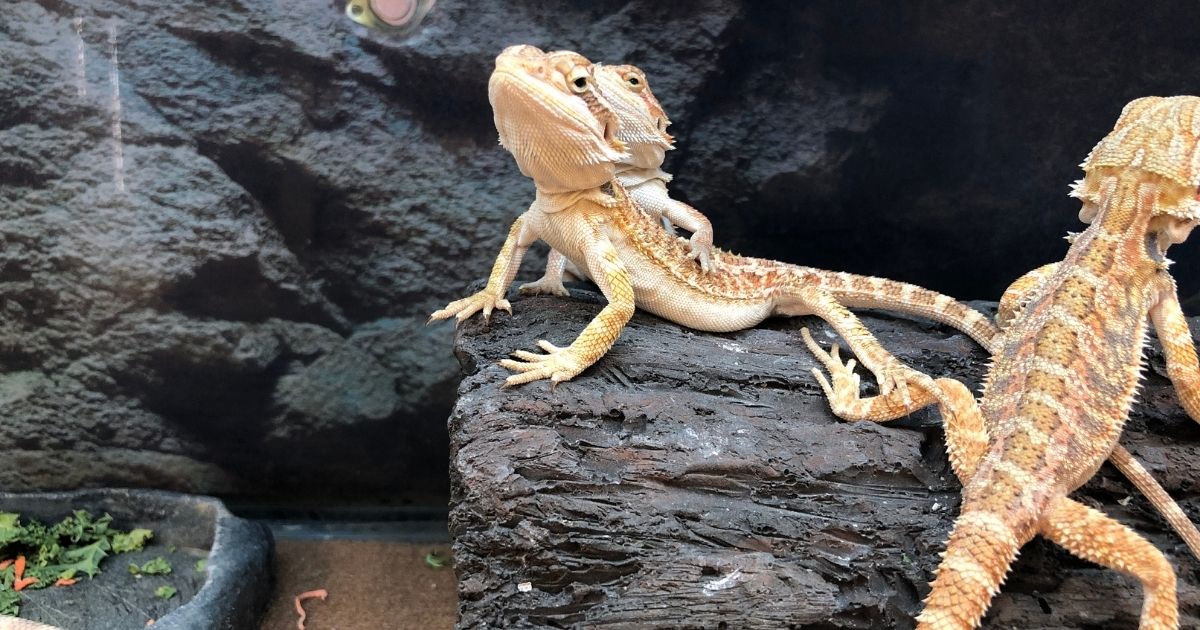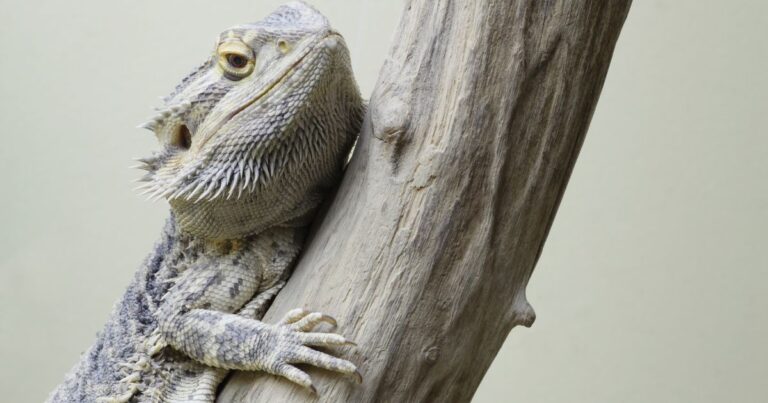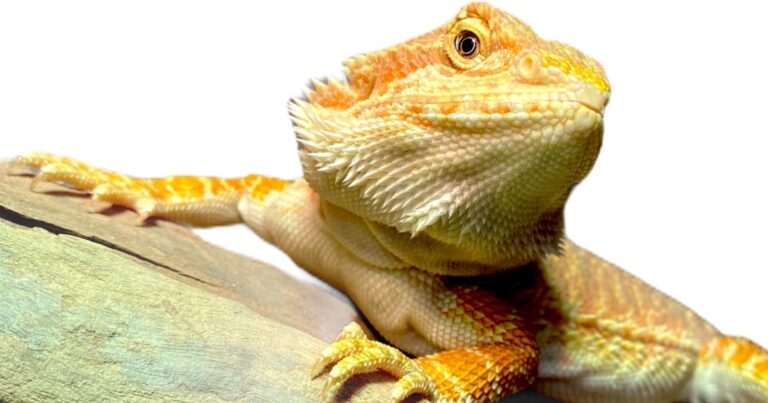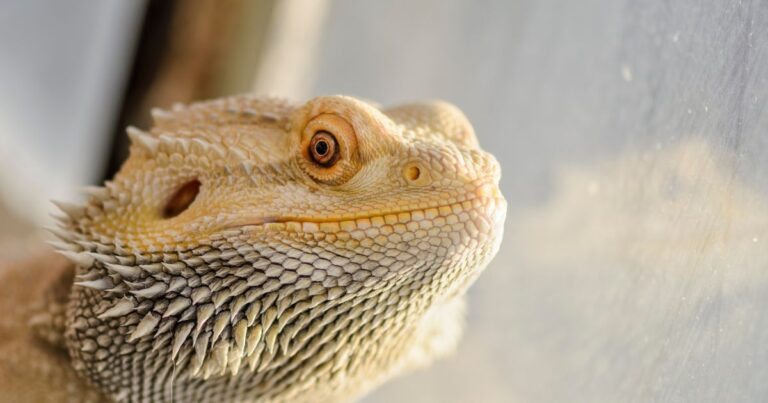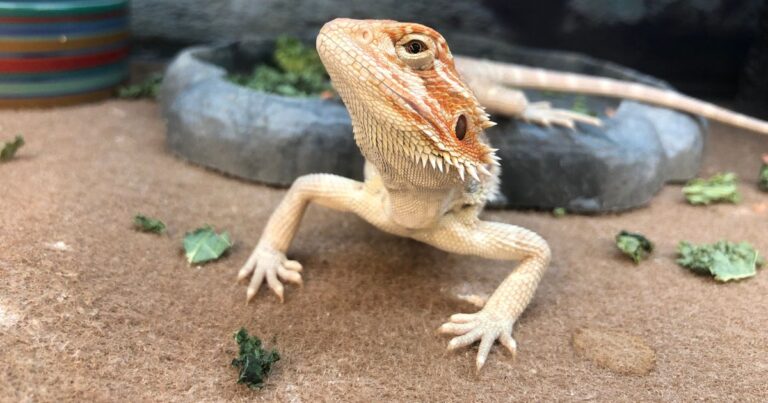Myth: Bearded dragons do not need a large enclosure
Myth: Bearded dragons do not need a large enclosure. Fact: They absolutely do! Why? Stick around as we debunk this myth, exploring the real needs of these scaly pals, and why your dragon’s crib matters more than you think!
Table of Contents
Key Summary Table: Myth: Bearded dragons do not need a large enclosure
| Myth | Truth |
|---|---|
| Bearded dragons do not need a large enclosure | Bearded dragons require a large enclosure for their health and well-being |
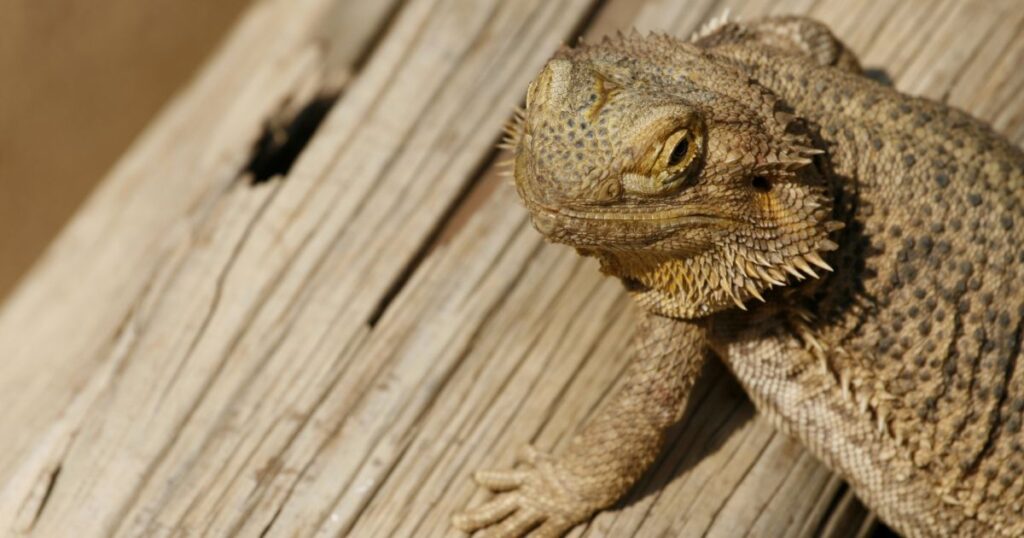
Introduction
Well, butter my biscuits, if it isn’t another bearded dragon myth! This time, we’re tackling the idea that these scaly buddies don’t need a large enclosure. Now, I don’t know who started this rumor, but it’s about as accurate as a chameleon in a bag of Skittles. The purpose of this post? To set the record straight and give you the lowdown on what our bearded friends really need.
Providing a large enclosure for your bearded dragon is not just about space, it’s about creating an environment that mimics their natural habitat.

The Myth and its Origin
| Common Myths | Possible Origins |
|---|---|
| Bearded dragons can live in small enclosures | Misinformation from pet stores |
| Bearded dragons don’t need much space | Misunderstanding of bearded dragon needs |
This myth probably started in the same place most tall tales do – a game of telephone gone wrong, or maybe a pet store employee who got their wires crossed. It’s easy to see why some folks might believe it. After all, bearded dragons aren’t exactly the size of a Saint Bernard. But, as my grandma used to say, “Even a small dog needs room to wag its tail.”
I remember the first time I heard this myth. I was at a pet store, and a guy next to me was eyeing a tiny tank, saying it was for his bearded dragon. I nearly dropped my bag of cricket feed!
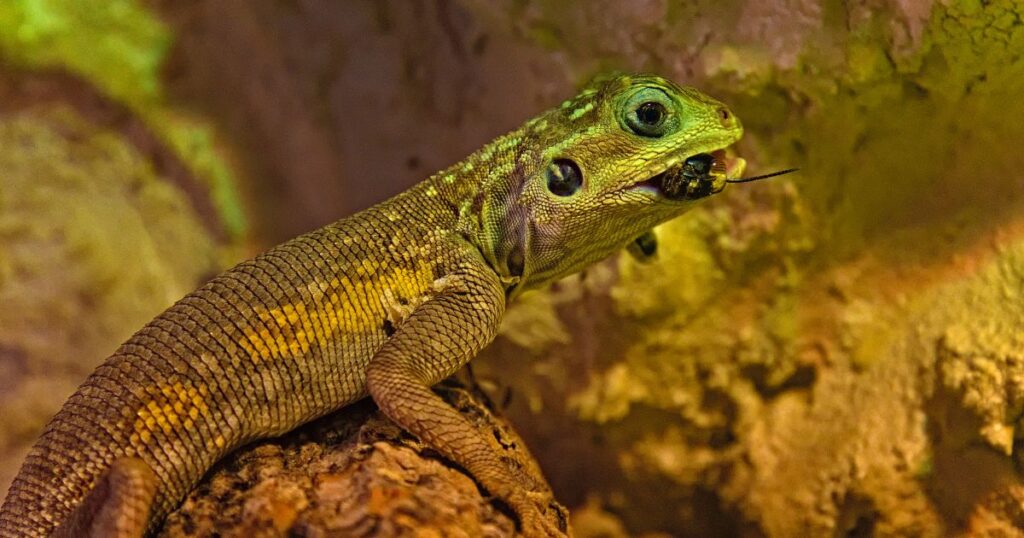
Why do People Believe the Myth
| Reasons for Belief | Why it’s Incorrect |
|---|---|
| Small enclosures are easier to clean | Neglects the bearded dragon’s need for space |
| Small enclosures save space | Prioritizes convenience over the bearded dragon’s health |
People believe this myth for a few reasons. Maybe they think a small enclosure is easier to clean, or they’re trying to save space. But here’s the kicker: believing this myth is like thinking you can keep a goldfish in a shot glass. It’s not just wrong, it’s harmful.
Misinformation can be as dangerous as a cactus in a balloon factory, especially when it comes to caring for our pets. That’s why it’s so important to do your homework and get the facts straight.

The Truth about Bearded Dragon Enclosures
| Bearded Dragon Needs | Why it’s Important |
|---|---|
| Large enclosure | Provides space for exercise and exploration |
| Temperature regulation | Ensures health and comfort |
| UV light | Essential for bone health |
Here’s the truth, plain and simple: bearded dragons need a large enclosure. Why? Because they’re active creatures. They like to climb, explore, and do their little bearded dragon exercises. A small enclosure for a bearded dragon is like a bird without the sky – it just doesn’t make sense.
A large enclosure is necessary for their health and well-being. It gives them room to move, helps regulate their temperature, and makes them feel secure. It’s like giving them their own little slice of the Australian outback, right in your living room.
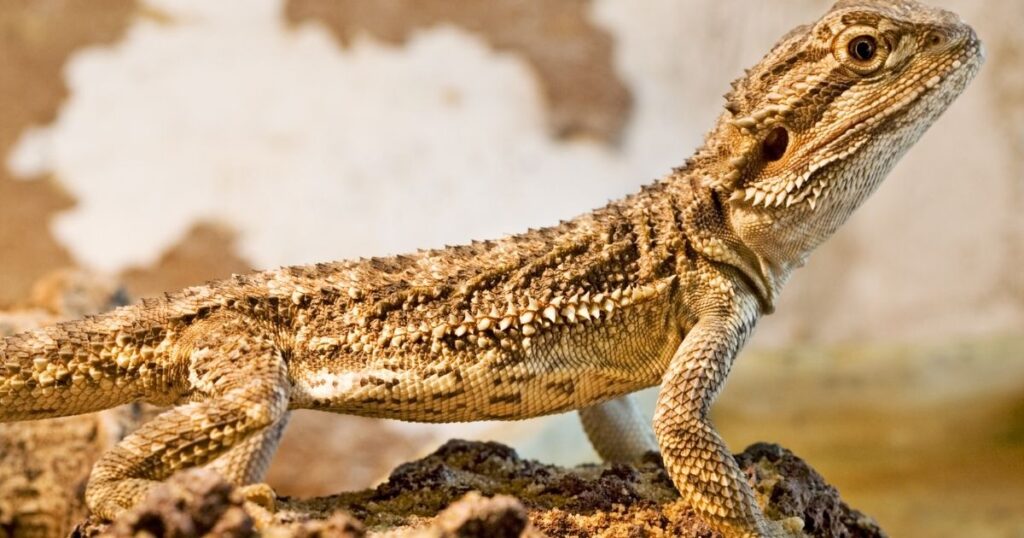
What Bearded Dragons Really Need
Bearded dragons are unique creatures, and they have specific needs that must be met to ensure their health and happiness. Let’s break it down:
Space
First and foremost, bearded dragons need space. A lot of it. Adult bearded dragons should have an enclosure that’s at least 120 gallons in size. This gives them room to move around, explore, and exercise. It’s like their own personal gym and playground rolled into one.
Temperature
Bearded dragons are cold-blooded, which means they rely on their environment to regulate their body temperature. They need a basking area with a temperature between 95-110°F (35-43°C) and a cooler area around 85°F (29°C). It’s like having a personal summer and winter in their enclosure.
UV Light
UV light is crucial for bearded dragons. They need it to produce vitamin D3, which helps them absorb calcium and maintain healthy bones. Without it, they can develop serious health problems like Metabolic Bone Disease. They need 12-14 hours of UVB light every day, just like they would get in the wild.
Diet
Bearded dragons are omnivores, which means they eat both plants and meat. Their diet should be a mix of insects (like crickets or mealworms) and vegetables (like kale or bell peppers). Juveniles need more protein, while adults need more veggies. It’s like they’re at a buffet, but with a very specific menu.
Enrichment
Finally, bearded dragons need enrichment. This can be anything from climbing branches to toys, or even a dig box. Enrichment helps keep their minds active and prevents boredom. It’s like their version of a good book or a puzzle.
Remember, every bearded dragon is unique, and their needs might vary. Always consult with a vet or a bearded dragon expert to make sure you’re providing the best care for your scaly friend.
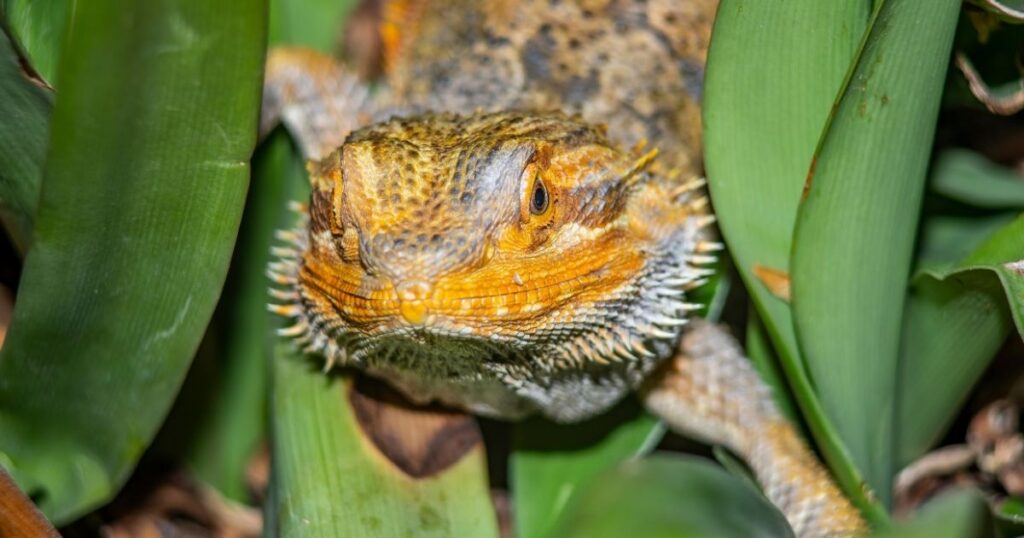
The Implications of the Myth
| Implication of the Myth | Result |
|---|---|
| Poor bearded dragon health | Reduced lifespan |
| Promotes irresponsible pet ownership | Misunderstanding of pet needs |
Believing this myth can lead to all sorts of problems. It can cause stress for your bearded dragon, lead to health issues, and even shorten their lifespan. It’s like trying to live in a closet – sure, you could do it, but would you want to?
Imagine being a bearded dragon in a too-small enclosure. It would be like living in a world where the walls are always closing in. Not a very pleasant thought, is it?
This myth doesn’t just affect bearded dragons. It promotes irresponsible pet ownership. It’s a slippery slope, and before you know it, you’re sliding down faster than a greased pig on a water slide.

The size of your bearded dragon’s enclosure can make a world of difference in their health and happiness.
Conclusion
So, let’s recap: bearded dragons need a large enclosure. This myth is as busted as a flat tire, and it’s high time we put it to rest. Bearded dragons are more than just pets; they’re our friends, and they deserve the best care we can give them.
As we move forward, we’ll continue to debunk myths and spread the truth about bearded dragon care. Because knowledge is power, and when it comes to our scaly friends, we can never have too much of either.
So, the next time someone tells you a bearded dragon doesn’t need a large enclosure, you can tell them, “That’s about as true as a three-dollar bill.”

Call to Action
If you found this post helpful, please share it with your friends, family, and fellow bearded dragon enthusiasts. Let’s spread the word and make sure every bearded dragon gets the care they deserve.
Got a question or a story to share about your bearded dragon? Drop a comment below. We’d love to hear from you.
Want to learn more about bearded dragon care? Check out our other posts. We’ve got a whole library of information, just waiting for you to explore.
This post is part of my Bearded Dragon Facts category and the Bearded Dragon Common Myths and Misconceptions.
Other posts of interest: Myth: Bearded dragons cannot suffer from stress or anxiety and Myth: Bearded dragons do not need any environmental enrichment
Disclaimer: This blog post is based on personal experience and should not replace professional veterinary advice. Always consult with a qualified vet for any health concerns regarding your pet.
Remember, when it comes to bearded dragon care, there’s no such thing as too much information. So, keep learning, keep sharing, and most importantly, keep loving your bearded dragon.
Frequently Asked Questions
So, you’re saying my bearded dragon can’t live in my old hamster cage?
Well, unless your old hamster was the size of a small dog, probably not. Bearded dragons need a lot of space to roam, climb, and do their little lizard workouts. Think of it this way: would you like living in a closet? Neither would they.
But my bearded dragon seems fine in his small enclosure. Why should I get a bigger one?
Just because your bearded dragon isn’t packing his bags and staging a protest doesn’t mean he’s happy. A larger enclosure allows for proper temperature regulation, exercise, and enrichment. It’s like upgrading from a cramped apartment to a spacious loft.
I heard that bearded dragons don’t move around much, so why do they need a large enclosure?
While it’s true that bearded dragons aren’t exactly marathon runners, they do enjoy a good climb and a wander around their territory. Plus, a larger enclosure allows for a proper temperature gradient, which is crucial for their health.
What happens if I keep my bearded dragon in a small enclosure?
Keeping a bearded dragon in a small enclosure can lead to stress, health problems, and a shorter lifespan. It’s like forcing a ballet dancer to perform in a phone booth. They need space to thrive!
How big should a bearded dragon enclosure be?
For an adult bearded dragon, you’re looking at an enclosure that’s at least 120 gallons in size. That’s about the size of a large bathtub. Remember, when it comes to enclosures, bigger is always better.
Can’t I just let my bearded dragon roam around my house instead of getting a large enclosure?
While it’s great to give your bearded dragon some out-of-enclosure time, it’s not a substitute for a proper habitat. Your house isn’t equipped with the necessary UVB lighting, temperature control, and safety measures. Plus, bearded dragons are excellent at hide-and-seek, and you really don’t want to spend your evening searching for a loose lizard. Trust me on this one.
